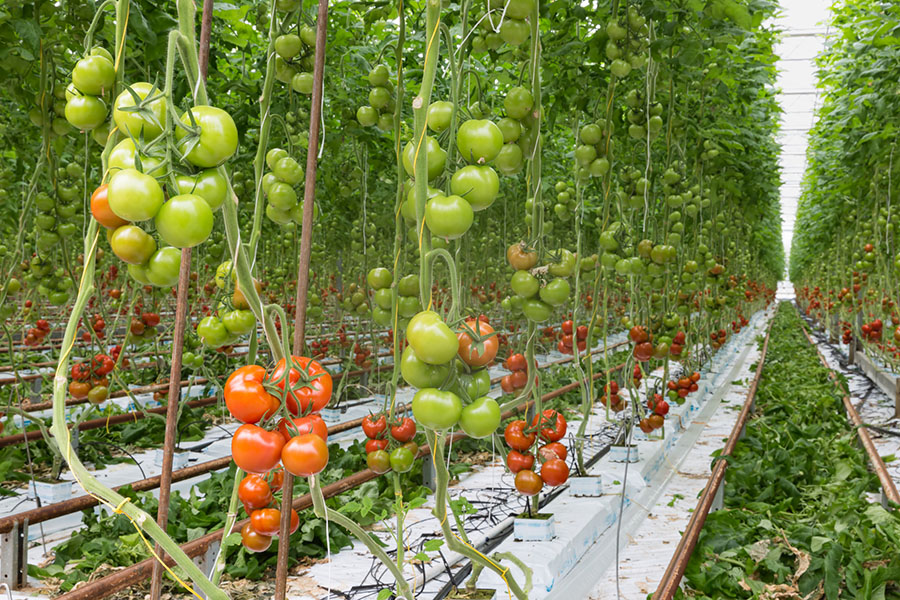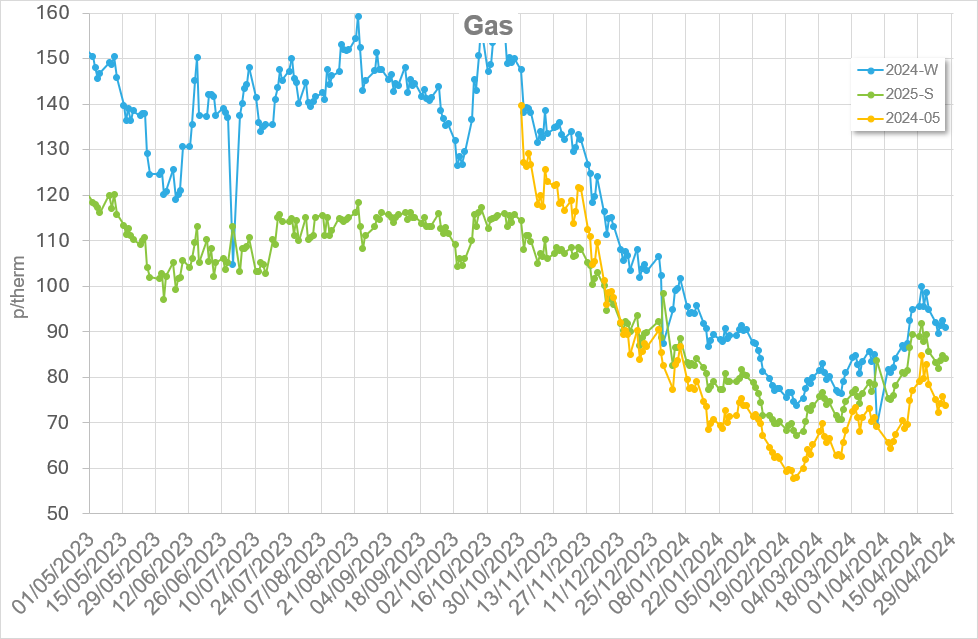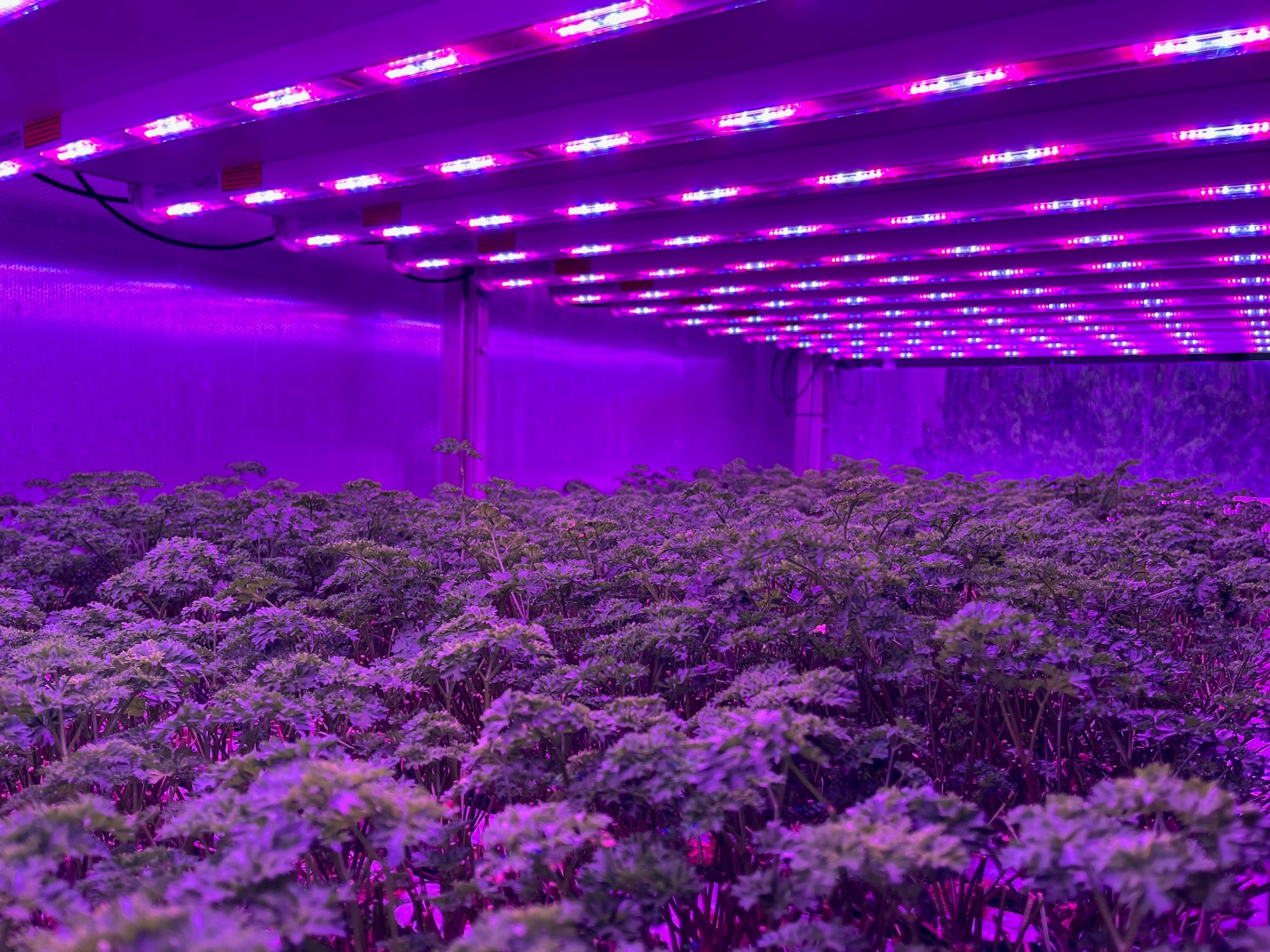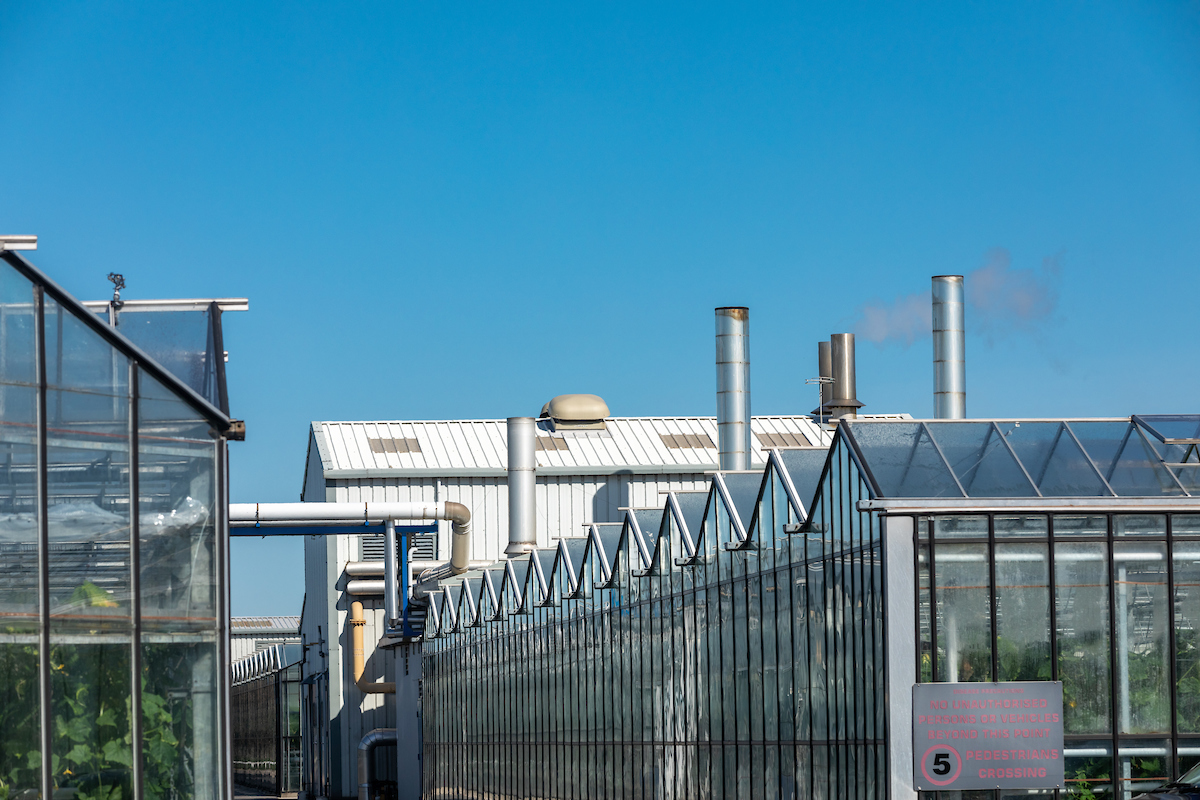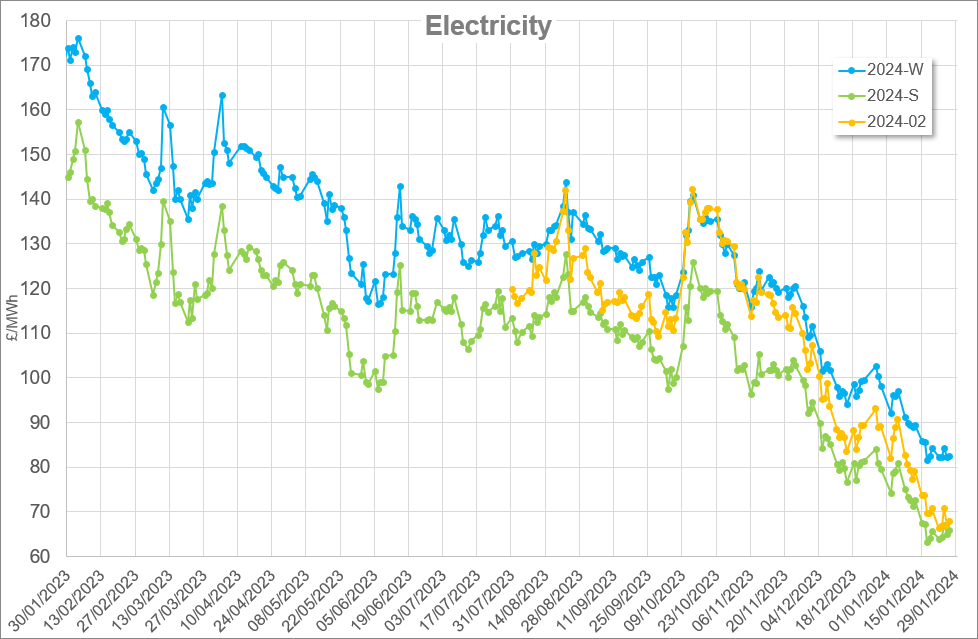As the world leans toward sustainable solutions, horticultural businesses should explore all possible avenues of decarbonisation. One area that is gaining traction is transitioning to Electric Vehicles (EVs), but not just for personal transport. There are a variety of electric vehicles available on the market capable of fulfilling several key roles in horticulture, with more set to join the stage within the next decade. Common vehicles currently available include:
- Forklift Trucks
- Small utility vehicles – capable of towing 3,000kgs
- Small Telehandlers – capable of lifting 2,500kgs
- Short-range delivery vehicles
As with all decarbonisation strategies, implementing EVs has several obstacles that need to be carefully navigated, but with good planning, it is possible to effectively reduce fossil-fuel based emissions.
The key to success is integrating an effective charging infrastructure. Horticultural businesses will need scrutinise their existing electrical infrastructure’s capacity and compatibility with EV charging systems.
Below are some key considerations for project planning.
Assessing Power Demands:
Begin by evaluating the power demands of your glasshouse. Calculate the number of EV charging stations required and the electrical capacity needed to support them without compromising the site’s primary operations.
Infrastructure Readiness:
Check the existing electrical infrastructure’s capacity and compatibility with EV charging systems. Upgrading may be necessary to accommodate the increased power demand, ensuring safety and efficiency.
Location Planning:
Strategically place charging stations to facilitate easy access for EV users without disrupting glasshouse activities. Consider proximity to power sources, ensuring minimal cable runs to reduce installation costs.
Weatherproofing and Protection:
Opt for durable, weatherproof charging stations resistant to moisture and temperature fluctuations to ensure longevity and safety.
Smart Charging Solutions:
Incorporate smart charging technology to optimise energy usage and distribution. Implement features like load management and scheduling to balance power distribution during peak usage times.
Safety and Regulations:
Prioritize safety by adhering to local regulations and standards for electrical installations. Conduct regular maintenance checks and train staff on safety protocols to prevent accidents or malfunctions.
Financial Considerations:
Evaluate the costs involved in installation, maintenance, and electricity consumption. Explore potential incentives or grants available for integrating EV infrastructure to mitigate initial expenses.
Renewable Generation:
Consider where the electricity to charge the EVs comes from. Generating renewable energy on site is a good way to reduce operating costs. By considering these critical factors, glasshouse horticultural sites can seamlessly integrate EV charging infrastructure, contributing to sustainable practices. The successful implementation of EVs not only aligns with sustainability initiatives but also portrays a commitment to innovation and progress within the industry.
By considering these critical factors, glasshouse horticultural sites can seamlessly integrate EV charging infrastructure, contributing to sustainable practices. The successful implementation of EVs not only aligns with sustainability initiatives but also portrays a commitment to innovation and progress within the industry.
This article was written by Jonathan Sandercock.
If you are interested in installing EV charging on your site, NFU Energy can help. Visit the website or call 024 7669 6512 to find out more.

